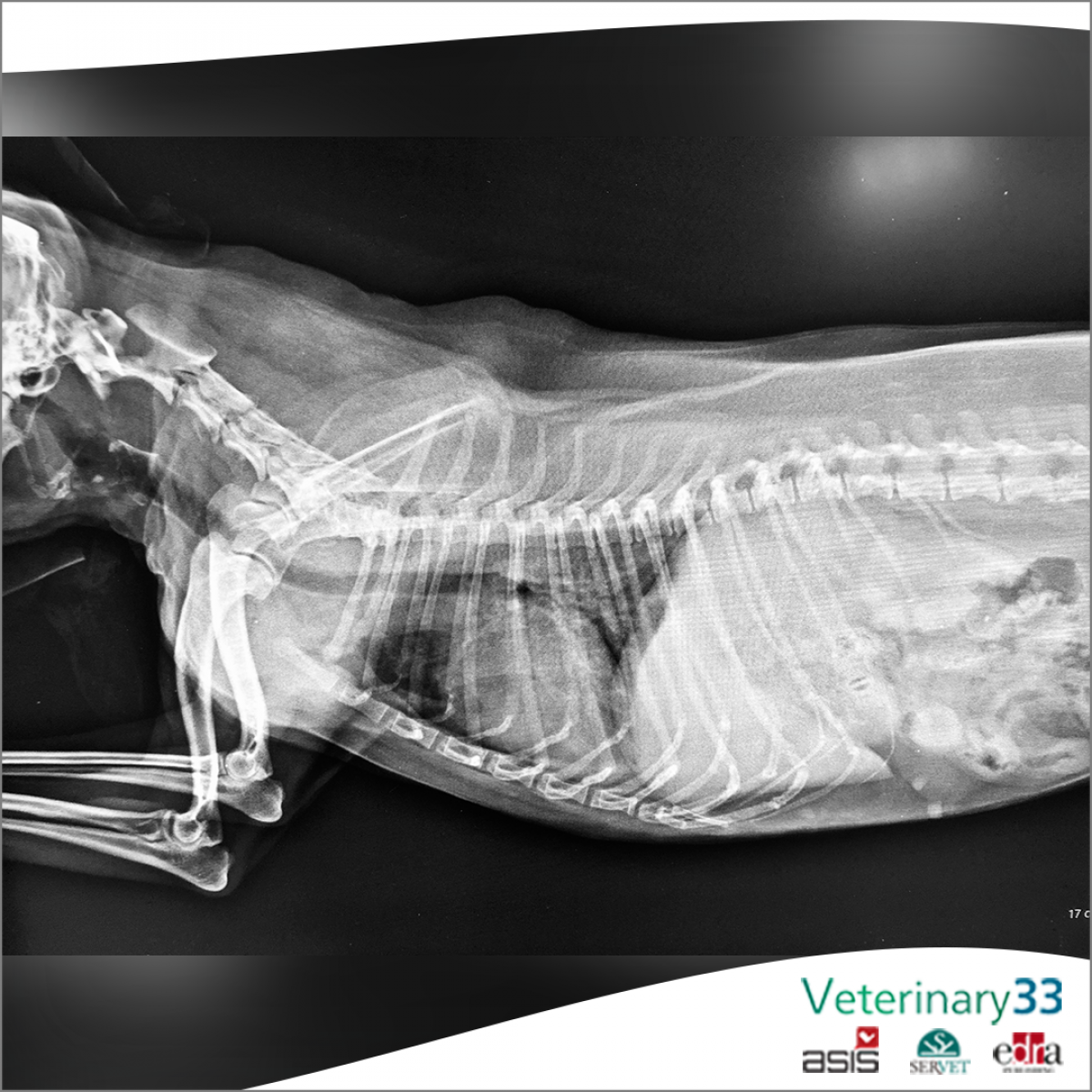Abnormalities detected on digital rectal examinations in dogs are common and influence diagnostic and treatment plans
To determine the frequency of abnormal findings on digital rectal examination (DRE) performed during physical examinations at a tertiary referral veterinary hospital, to establish what abnormal findings are most common and whether they impact diagnostic and treatment plans, and to assess whether patient signalment or admitting service influences the frequency of abnormalities.
Client-owned dogs (n = 440).
Veterinarians performed DREs on dogs as part of a physical examination. Patient signalment and DRE findings were recorded in a standardized survey. Findings were deemed normal or abnormal and described. Whether the findings changed the diagnostic or treatment plan was also recorded.
Abnormalities were detected on DRE in 160 of 440 (36%) dogs. Changes to the diagnostic plan occurred in 41 of 160 (26%) cases when an abnormality was found. Changes to the treatment plan occurred in 20 of 160 (12.5%) cases when an abnormality was found. Age (P = .2), sex (P = .9), and breed (P = 1) did not significantly influence the frequency of abnormal findings. Abnormal findings were significantly more common in dogs presenting to the emergency service than elective services (P = .005).
In conclusion, among dogs presenting to a tertiary veterinary hospital, abnormalities found on DRE are common and change the diagnostic plan in 1 out of 4 dogs and treatment plan in 1 out of 8 dogs. This study supports the continued practice of DREs in dogs, especially in emergency settings, regardless of signalment.
Abnormalities detected on digital rectal examinations in dogs are common and influence diagnostic and treatment plans. Camille Andrews et al. J Am Vet Med Assoc. 2024 Mar 7:1-5. doi: 10.2460/javma.23.12.0695.
Source: https://avmajournals.avma.org/view/journals/javma/aop/javma.23.12.0695/javma.23.12.0695.xml














List
Add
Please enter a comment